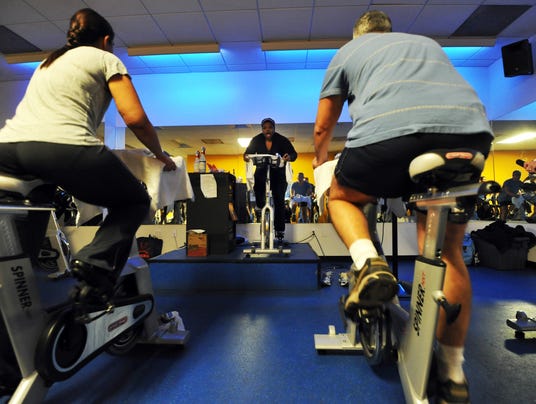
Aloe vera juice is now on top of the charts for its immense health benefits and may have beaten many of its ilks in the race for the most happening health drink.
Experts have extolled its virtues, and one that stands out is its cholesterol lowering property
According to the claims of its manufacturers, Aloe Vera juice seems to help with weight loss, digestion and immune function. It is also thought to relieve discomfort of any kind.
They say Aloe vera contains a mix of some of the best vitamins- including A, C, E, folic acid, B1, B2, B3, and B6. It is also one of the few plants that actually contain Vitamin B12, which helps with brain and nervous system function.
Aloe vera juice is also rich in minerals and contains zinc, magnesium, calcium, selenium, iron, sodium, and potassium. This juice is also packed with amino and fatty acids – all helpful in beating indigestion. It boosts the body’s immunity and has the ability to throw out toxins from the body.
‘Aloe vera is amazing if you have any suggestive discomfort. It is very soothing for the internals and helps beat the bloat. Drinking Aloe vera replenishes your body naturally with a huge range of nutrients. It contains approximately 200 active components including – vitamins A, B1,B2,B6, B12, C, E, folic acid and Niacin,’ a leading nutritionist said.
Read more: http://www.medindia.net










